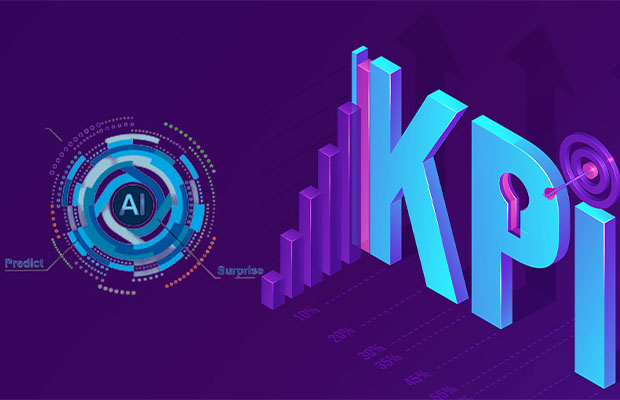Machine learning is a fantastic analytical tool that can help any business today to scale and optimize operations; it generates vital data-driven business insights and facilitates better decision-making. Businesses can use data to their advantage for optimized and quick business growth through the effective use of data analytical models.
Based on the type of model—linear regression, binary classification, etc.—AI model metrics are measured and assessed., to yield a statistical table that enlists all the metrics and which becomes the basis of model performance.
A few key metrics can be used by organizations to gauge the KPI of machine learning Success. Although some AI KPIs are qualitative, the most significant ones are quantitative.
Continue reading to discover more about machine learning success KPIs.
More To Explore:
Definition Of AI KPIs
Mean squared error (MSE) is a crucial metric in machine learning. This formula is frequently covered in the curricula of machine learning courses. The good thing about MSE is that it overstates the significance of anomalous results, which can result in quick increases in machine efficiency in the beginning. The only drawbacks are that it is less effective at minimizing minor errors or determining effectiveness over numerous learning iterations.
For AI projects, there are already KPIs that are relevant in both business and IT. Mean time to repair (MTTR), which measures the time needed to fix a problem, and first contact resolution rate (FCRR), which measures the proportion of issues that can be resolved by level 1 IT support (basic support) without the need for escalation, are typical AI-related KPIs. Additionally, a quantifiable metric is the total number of tickets that an IT team receives each month.
Customer satisfaction, net promoter scores, and total cost of ownership are examples of indirect metrics that are typically derived from more direct metrics. Direct, observable metrics must be the foundation for any of these secondary metrics even though indirect metrics are important.

Measures And KPIs
Leverage – Measure impact
- Shorten time to market
- Reduce IT ops overhead
- Rapid iteration and model optimization
- Model reusability
- Infrastructure scalability and cost
Risk – KPIs to measure value
- Time to deployment
- Models in production
- New models deployed each month
- API calls
- Chargebacks and throwbacks
How KPIs Measure AI Success?
AI-related KPIs enable businesses to gauge the ROI (return on investment) on their AI investments. Time, money, or labor are all acceptable forms of ROI. The best approach would be to start with the metric that is most readily observable and quantifiable, then convert it as needed to any other metric.
ROI is typically calculated as a function of time, or more specifically, as the length of time, it would take to recoup the same amount of money invested in an AI initiative. Think of a company investing $200,000 in an AI initiative and measuring, for instance, a 20% reduction in MTTR. This 20% cost reduction would amount to $400,000 per year because there are 20 employees using the tool with a loaded labor rate of $2 million annually. The ROI was $200,000, which was earned in just six months, or less than half the time.
A managed service provider is another excellent illustration. The FCRR hovers around 65% at a typically managed service provider. To be more precise, out of every 100 calls that are received, 65 are resolved by the first-level engineer who answered the call, the lower-cost person. This suggests that a specialist would be needed to handle the other 35 calls.
Due to the fact that these calls must be handled by second-level engineers, whose salaries are significantly higher, this situation lengthens the resolution process in terms of both time and money. Businesses that use AI to help first-level engineers handle more calls can boost first-contact resolution rates by up to 80%, decreasing MTTR and FCRR.
Success in AI should be a success for everyone. First, companies use metrics that are both observable and quantifiable to directly measure success. Then, after choosing some KPIs that are directly measurable, they measure qualitative benefits indirectly. Although there are technical metrics that are in line with AI, such as mean-squared error, traditional IT and business metrics, such as MTTR, FCRR, and cost per IT troubleshooting ticket, are typically more applicable.




